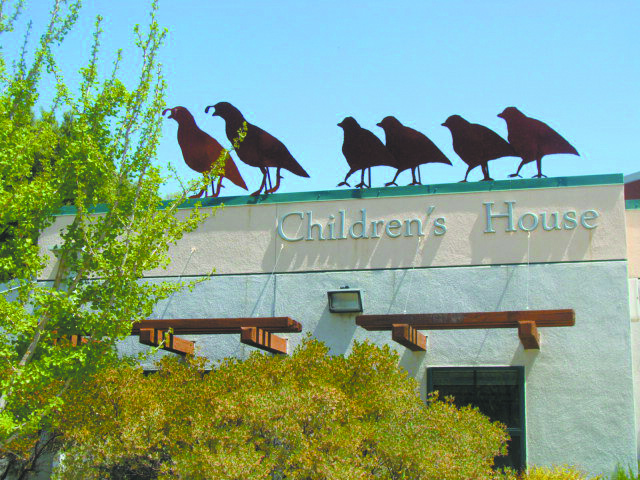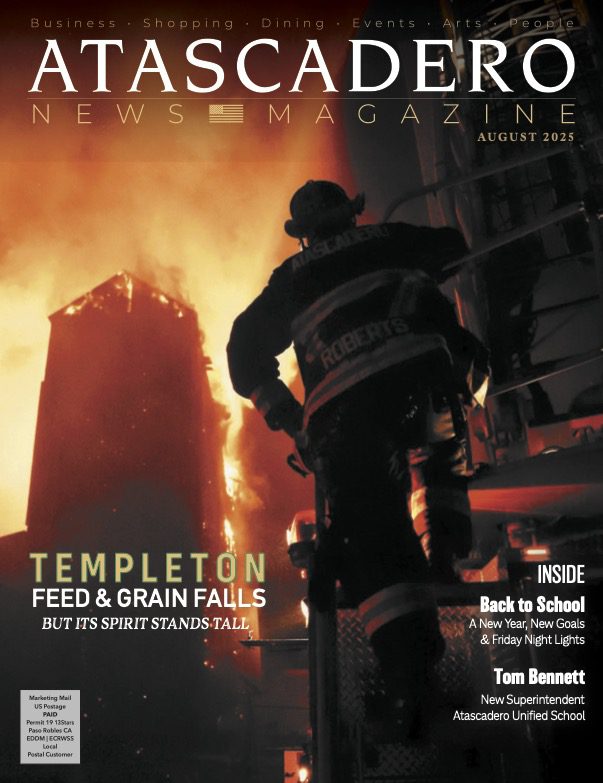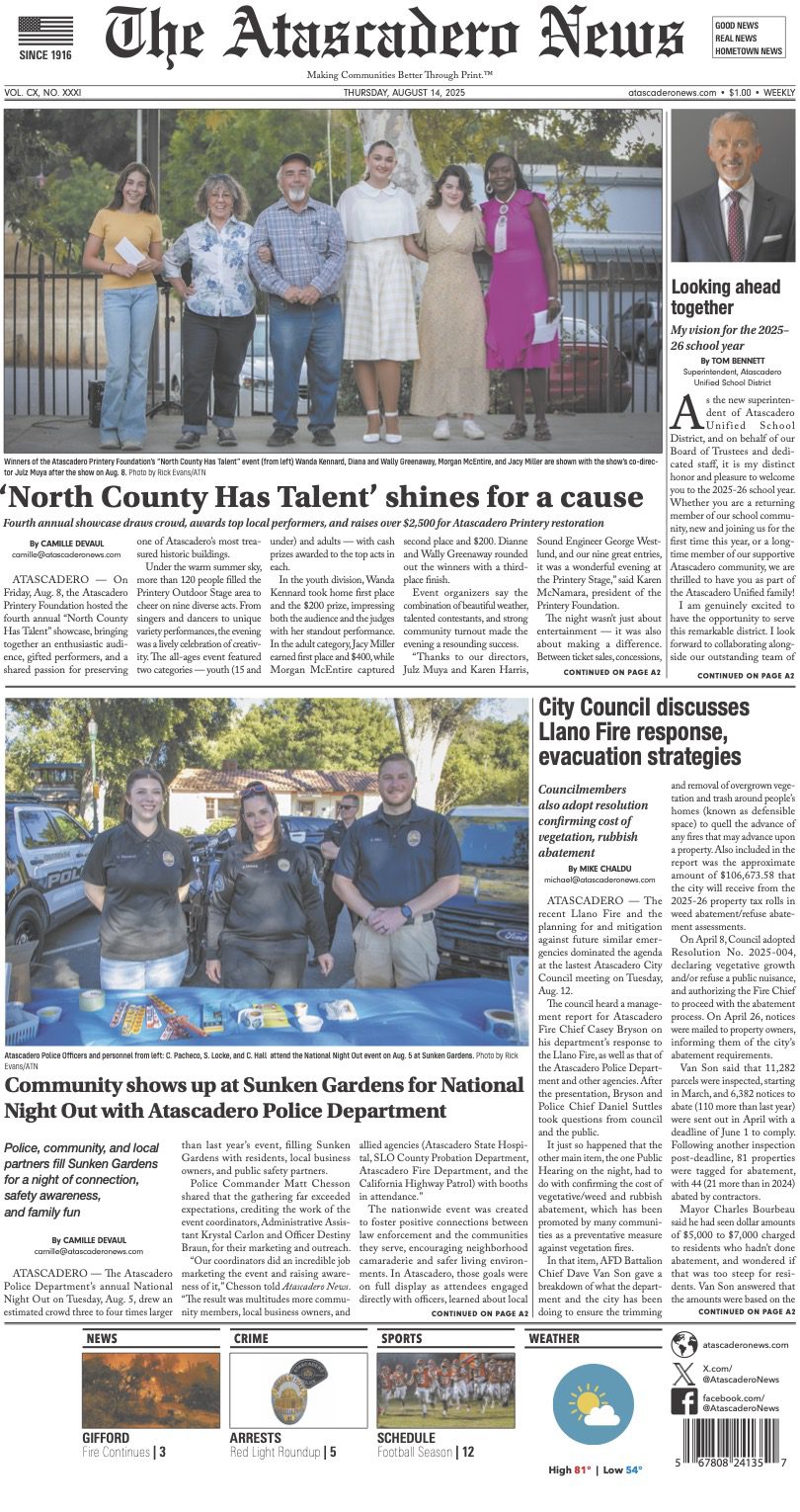SAN LUIS OBISPO — Twelve small private schools in San Luis Obispo County had waivers approved for in-person instruction.
SLO County Public Health Officer Dr. Penny Borenstein said Aug. 19 that eight of the schools and districts in the County that applied for a waiver were approved. Four more were added this week.
The total enrollment of the 12 schools that applied for the waiver was estimated at 1,200 by Borenstein. Enrollment for all schools in the County was roughly 35,000.
“It’s a small number but I am hopeful that we can use that as a tool to understand how to introduce in-person instruction and see how well these small schools do it,” Borenstein said. “And then use that as a way to expand on it in other elementary schools and eventually, I hope to be able to get all of our kids back in school.”
The 12 private schools are:
- Wishing Well School in Los Osos
- Trinity Lutheran School in Paso Robles
- Montessori Children’s School in San Luis Obispo
- Children’s House Montessori School in Atascadero
- Valley View Adventist Academy in Arroyo Grande
- North County Christian School in Atascadero
- Templeton Hills Adventist School in Templeton
- Coastal Christian School in Pismo Beach
- Old Mission School in San Luis Obispo
- St. Patrick School in Arroyo Grande
- St. Rose Catholic School in Paso Robles
- Christ Classical Homeschool Cooperative in San Luis Obispo
Reopening plans for the schools were posted on their respective websites. The County has not released the names of the other five schools or districts that submitted waivers.
On July 17, Governor Gavin Newson announced that if a county has been on the Monitoring List within the last 14 days, schools must only conduct distance learning until the county has been off the monitoring list for at least 14 days.
San Luis Obispo County was added to the County Monitoring List on July 16 and remains on the list.
The state’s guidelines for reopening schools included a waiver for elementary schools. Local health officers may grant a waiver to allow elementary schools to reopen in-person instruction if the waiver is requested by the district superintendent or private school, in consultation with labor, parents and community-based organizations. When considering a waiver request, the local health officer must consider local data and consult with the California Department of Public Health.
Borenstein provided a couple of reasons the waiver is solely for elementary-aged students.
“The justification for such waivers is based on the current best available scientific evidence which shows that COVID-19 related risks in schools serving elementary age students are lower than and different from the risks to staff and students in schools serving older students,” she stated. “In particular, there appears to be lower risk of child-to-child or child-to-adult transmission in children under 12, and the risk of infection and serious illness in elementary school children is particularly low.”
The reopening plans posted by the seven approved schools were similar.
Classes or cohorts will have less than 20 students, social distancing inside and outside the classroom, assigned seating, staff and students above second grade will be wearing face masks or face shields, and staff and student temperatures will be taken daily.
Many of the schools will have staggered drop-off and pick-up times for students, staggered lunch and recess times and staggered times and days of on-campus instruction.
Each student will have their own set of school supplies. Sanitizing will be done throughout the day.
Borenstein has said from the outset that her preference is to have students on campus learning in-person from teachers.
“In-person instruction is academically and socially critical for younger students, in alignment with state standards,” Borenstein stated in a letter to schools outlining the waiver process. “Students from socio-economically disadvantaged backgrounds are particularly harmed by a lack of access to in-person instruction.”















